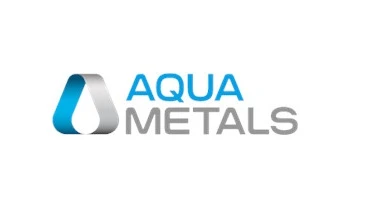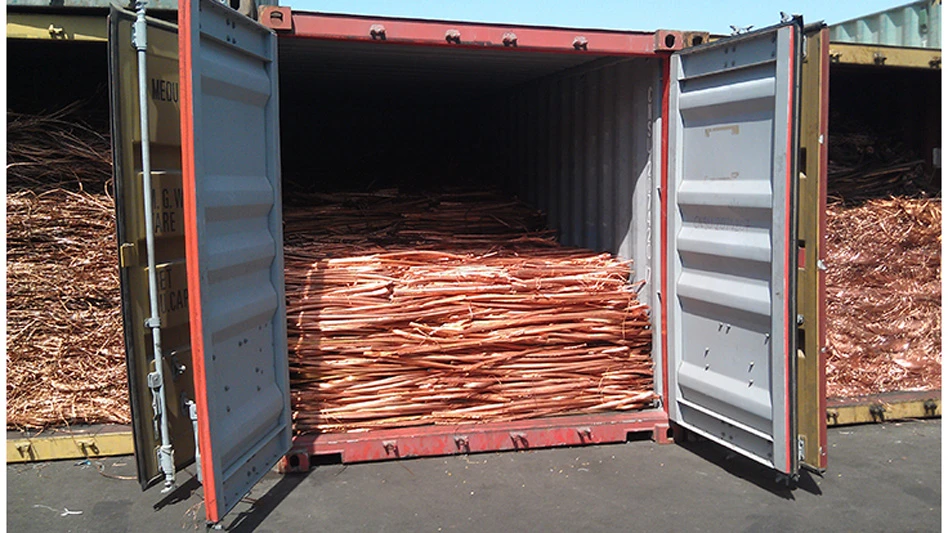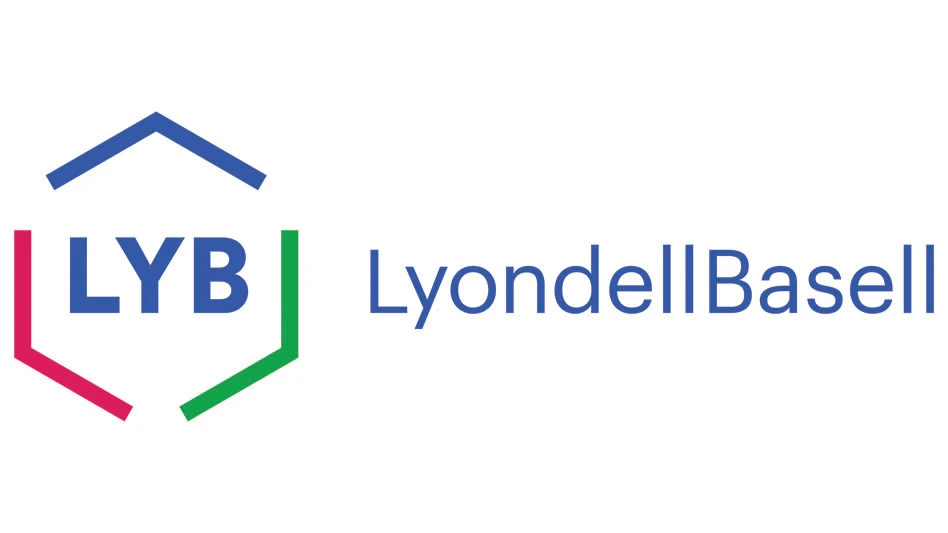In today’s changing scrap market, large scrap processors are merging with smaller yards and smaller independent recyclers are struggling to lower operating costs to stay competitive. But whether a yard is large or small, buying a new piece of processing equipment can be a complicated decision. It helps to understand what to look for when buying a scrap handler.
The first step is analyzing your operations. Figure out the volume of scrap the machine would be processing and the grades of material to be handled. This will give you an idea of the size of machine required. Decide what tool would be most appropriate for the application. Also, it is important to know what reach is required. Once these issues are known, you can properly size the machine for each specific application.
LIFTING CAPACITY
When looking for a scrap handler you will want to know if the machine has a converted excavator boom or a purpose-built material handling front. A converted boom is an excavator front which has had the curved camber portion cut out, straightened and lengthened. Usually the converted front uses the standard excavator hoist cylinders for lift and the stick cylinder is left on top of the boom. This will result in less lifting capacity than a purpose-built material handling front.
A purpose-built material handling front will typically offer larger hoist cylinders than found on a converted excavator front. It will have the stick cylinder on the underside of the stick where the lifting forces are more advantageous. This leads to better lift capacities and performance than when the stick cylinder is on the top. A purpose-built front is engineered to match the base machine and will deliver the maximum lift capacity the base machine is capable of. Also, you can typically get more reach from a purpose-built front than from a converted excavator front.
All scrap handling machines should have a verified lift chart showing the machine’s lifting capacities over the full range of operation. These lift charts show the machine’s lift capacity over the front and over the side and the hydraulic capacity. The rated lift capacities for material handlers are defined in SAE J1097, standards set by Society of Automotive Engineers, Warrendale, Pa., and are determined by taking a percentage of the theoretical lift capacity – both hydraulic and stability limited. Having a lift chart prior to purchasing a machine will confirm that the machine will perform the needed tasks when it arrives in your yard.
In order to offer a greater lift capacity, a scrap handler has a wider undercarriage than a standard excavator. Several manufacturers offer this option from the factory. Those companies that do not offer this feature can have the excavator gauge widened. Machines with a properly designed and engineered widened gauge can offer similar lift capacities to those with factory-built undercarriages, and history has shown them to be as reliable, as well.
TWO- VS. THREE-PIECE
The configuration of the front of a scrap handler is important because it is the part of the crane that is being maneuvered to handle the scrap. The front of the handler can be either a two- or three-piece configuration. In a two-piece, there is the first member – the boom – that is attached to the body of the handler. This can be straight or banana-shaped. Most banana-shaped booms are actually designed for digging with excavators. So, if you purchase a scrap handler with a banana boom it is most likely a conversion, or simply an excavator with a scrap attachment.
The second member is called the stick or dipper arm, and has the attachment – such as a grapple or magnet – on its end. Two-piece fronts are usually used for shear attachments (where the shear is actually the stick) and for normal scrap handling. A two-piece front can reach out about 55 feet, and about 15 feet below grade. However, a two-piece front has a hard time grabbing scrap close to the handler’s base. Usually, material within a 5- to 8-foot radius from the base can’t be picked up with the two-piece. The operator would have to move the machine.
The two-piece has the advantage of fewer hydraulic cylinders, so less power is required and there are fewer moving parts to worry about.
Three-piece fronts have an additional, shorter member called a jib. The jib gives the scrap handler added reach, with some cranes being able to reach out to 75 feet. The maximum below grade reach by a three-piece can be as much as 30 feet on some models. The three-piece front also allows an operator to handle scrap up to the foot of the crane without having to move the crane itself. While this gives the operator more flexibility, maneuvering a three-piece front requires additional skill.
The end of a stick or a jib normally curves down, creating a gooseneck or droop nose. This design prevents the attachment on the end from jarring against the front and damaging it. Also, some manufacturers have installed shield plates on the gooseneck to protect the hydraulic lines that power the attachment.
Another consideration when determining if you need a two- or three-piece front is the loading characteristics of the scrap handler. "You have to really look at the dynamics of the scrap handler," says one dealer. "If the base of the crane is too narrow or if the crane is not balanced properly, it will have a different loading range fore and aft, than over the sides."
ATTACHMENTS
Typical tools used on material handlers include magnets and grapples. Almost all new material handlers offered today feature a hydraulically driven DC generator, magnet safety disconnect switch and magnet controller system. Grapples can include orange-peel scrap grapples, car body grapples and three-into-one grapples. Material handlers can be equipped with the required hydraulics to operate these grapples. It is important to discuss with your machine sales representative what specific tools will be required.
TIRES ARE IMPORTANT
Currently, there are three types of tires for scrap handlers: pneumatic, foam-filled and solid. While air and foam-filled tires give better rides, solid tires give better protection against the scrap environment.
New on the market are softer solid tires that are intended to give the benefits of both a comfortable ride and protection. A softer solid tire also means less fatigue on the scrap handler.
The author is vice president of sales for Material Handling Crane Systems Inc., Chagrin Falls, Ohio.
Sidebar
Cable is Able, But . . .
isit any scrap yard and you are likely to find at least one cable crane still working a magnet or a grapple. "They just won’t die," says one processor who still has four cable cranes in addition to five hydraulically operated.
"Cable cranes lift in a linear plane, while a hydraulic crane lifts in an arc," says a manager of a major scrap yard. "That means the cable crane operator can position his load more accurately – where you put the boom, that’s where the lift will be. Cable cranes also are much easier to repair and last longer than hydraulic ones. Because they lift more, the cycle times are higher. So, why should we get rid of them when they are there and still capable machines?"
However, finding and teaching someone to operate a hydraulic scrap handler is much easier than doing the same for a cable crane, agrees one manufacturer who makes conversions for the industry. "It takes months to train a cable operator, and even then cable cranes are hard to run and practically beat the operator to death with vibrations," he says.
Another processor summed it up by saying, "It is easier to maintain the cable crane than it is to maintain a qualified operator."

Explore the June 1997 Issue
Check out more from this issue and find your next story to read.
Latest from Recycling Today
- APR, RecyClass release partnership progress report
- Clearpoint Recycling, Enviroo sign PET supply contract
- Invista expanding ISCC Plus certification program
- Redwood partnership targets recycling of medium-format batteries
- Enfinite forms Hazardous & Specialty Waste Management Council
- Combined DRS, EPR legislation introduced in Rhode Island
- Eureka Recycling starts up newly upgraded MRF
- Reconomy Close the Gap campaign highlights need for circularity





